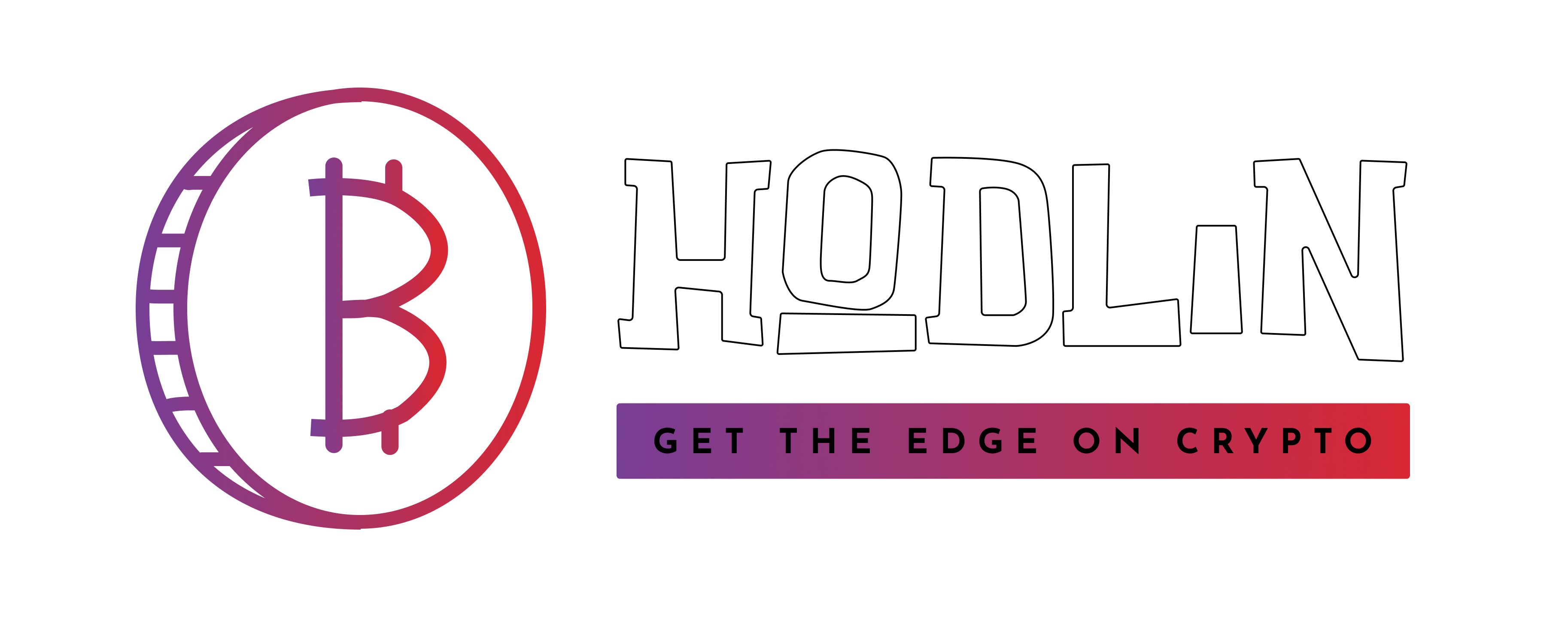**Ethereum’s Token Burn Slows Down: What Does it Mean for the Network’s Future?**
It’s been 1,000 days since Ethereum first started burning transaction fees, but the mechanism is now slowing down. The implementation of the EIP-1559 upgrade in August 2021 helped offset new tokens issued on the network, but recent developments have caused the burn rate to decrease.
**The Journey of Ethereum’s Token Burn**
Since the introduction of the EIP-1559 upgrade, Ethereum users have burnt 4.3 million Ether, valued at over $12.7 billion, by simply using the network. This move was aimed at creating a more sustainable monetary policy by balancing the issuance of new Ether tokens.
However, with the recent decrease in the burn rate, Ethereum’s deflationary status is at risk. The network needs to attract more activity to maintain its economic model and prevent losing its deflationary status.
**Why is the Burn Slowing?**
The slowdown in Ethereum’s token burn can be attributed to several factors. The base fee charged by the network, along with the priority fee paid to block builders, determines the transaction fee users must pay. As activity on Ethereum increases, the base fee automatically rises.
The average base fee on Ethereum must remain above 23 gwei to ensure the network burns enough Ether to stay deflationary. However, recent developments, such as the Dencun upgrade and the rise of layer 2 networks, have led to a decrease in transaction fees and, consequently, the burn rate.
**Looking Towards the Future**
Despite the current slowdown, there are reasons to believe that Ethereum’s token burn rate may pick up in the future. Code improvements and upcoming protocol upgrades, such as Uniswap v4, are expected to increase gas efficiency and reduce transaction fees.
As Ethereum continues to evolve and adapt to changing market conditions, the network’s future remains uncertain. It will be crucial for Ethereum to find a balance between attracting activity and maintaining its deflationary status to ensure its long-term sustainability.

:quality(70)/cloudfront-eu-central-1.images.arcpublishing.com/dlnews/JAQ256POW5ARTD3NOO6AOSVZ4A.jpg?w=696&resize=696,0&ssl=1)